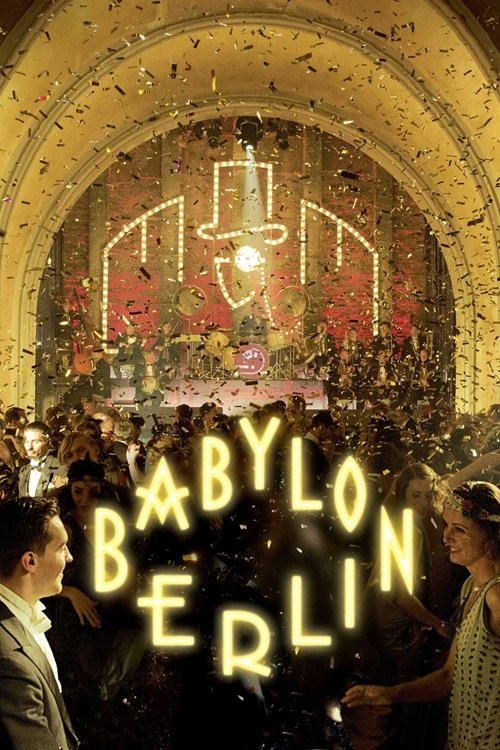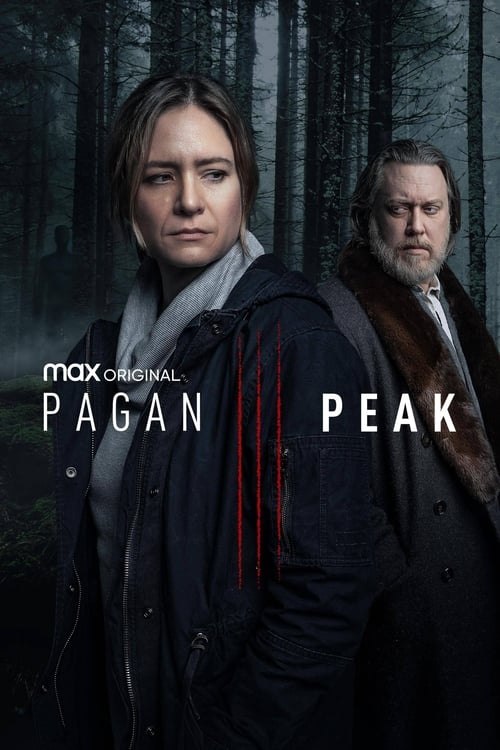
Ask Your Own Question
What is the plot?
In the opening scene of "Wait," the camera pans over a misty landscape in the East, setting a somber tone. The protagonist, Mia, is seen sitting on a weathered bench, her expression a mix of contemplation and anxiety. She is waiting for a message from her estranged brother, whom she hasn't seen in years. The weight of their unresolved past hangs heavily on her, and the audience can feel her internal struggle as she glances at her phone repeatedly, hoping for a notification that never comes.
As the day progresses, Mia decides to visit a local café, a place filled with memories of happier times. The café is bustling with life, contrasting her inner turmoil. She orders a coffee and sits at a corner table, her eyes scanning the room. Here, she overhears a conversation between two friends discussing a recent incident involving her brother, which reignites her worry and determination to reconnect with him. The tension in her body is palpable as she wrestles with the decision to reach out to him again.
Later, Mia receives a cryptic text from her brother, hinting at trouble but providing no details. This message propels her into action. She rushes out of the café, her heart racing as she navigates through the crowded streets. The urgency of her mission is reflected in her hurried steps and the frantic way she checks her phone for any further communication. She decides to visit their childhood home, hoping to find clues about his whereabouts.
Upon arriving at the house, Mia is struck by nostalgia and sadness. The once vibrant home is now dilapidated, mirroring her fractured relationship with her brother. As she explores the familiar rooms, she discovers a hidden compartment in his old bedroom, containing letters and photographs that reveal his struggles and the reasons behind their estrangement. Each item she uncovers deepens her understanding of his pain, and her emotions shift from anger to empathy.
In a pivotal moment, Mia decides to confront her own fears and reach out to her brother directly. She makes a phone call, her hands trembling as she dials his number. The tension builds as she waits for him to pick up, her heart pounding in her chest. When he finally answers, their conversation is fraught with tension. They exchange harsh words, revealing years of hurt and misunderstanding. However, as the conversation progresses, vulnerability seeps in, and they begin to share their feelings more openly.
The climax of the episode occurs when Mia learns that her brother is in a dangerous situation involving a group he has become entangled with. The urgency escalates as she realizes she must act quickly to help him. She gathers her courage and decides to confront the group, despite the risks involved. The scene shifts to a dimly lit warehouse where the group meets, and Mia's determination is evident as she steels herself for what lies ahead.
As she enters the warehouse, the atmosphere is tense and charged. Mia's heart races as she scans the room, spotting her brother in a corner, looking disheveled and distressed. The confrontation is intense; she stands her ground, demanding that they let him go. The group members react with hostility, and a physical altercation ensues. Mia fights fiercely, driven by desperation and love for her brother. The scene is chaotic, with shouts and the sounds of struggle echoing in the air.
In the midst of the fight, Mia manages to reach her brother, pulling him away from the group. They escape together, but not without consequences. As they flee, they share a moment of raw emotion, tears streaming down their faces as they embrace. This moment signifies a turning point in their relationship, as they begin to understand each other's pain and the importance of their bond.
The episode concludes with Mia and her brother sitting on a park bench, the sun setting in the background. They talk openly for the first time in years, sharing their fears and hopes. The weight of their past still lingers, but there is a sense of hope as they begin to rebuild their relationship. The camera slowly pulls away, leaving them in their moment of connection, hinting at the journey ahead as they navigate their complicated family dynamics together.
What is the ending?
Is there a post-credit scene?
In the episode "Wait" of "Dazed are the Faces," there is indeed a post-credit scene that adds a layer of intrigue to the narrative.
As the credits roll, the screen fades to black before transitioning to a dimly lit room. The atmosphere is thick with tension, and the faint sound of a clock ticking can be heard in the background. The camera slowly pans to reveal a figure sitting at a table, their face obscured by shadows.
The figure is seen tapping their fingers nervously on the table, a clear sign of anxiety. As the camera draws closer, a glint of light catches the edge of a small, metallic object resting on the table--a key. The key is old and ornate, suggesting it holds significant importance.
Suddenly, the figure leans forward, and the light reveals a familiar face: it's one of the main characters, Alex, who has been grappling with their choices throughout the episode. Alex's expression is a mix of determination and fear, hinting at a decision that must be made.
In a hushed voice, Alex whispers to themselves, "It's time to find out the truth." The scene ends with a close-up of the key, leaving viewers with a sense of foreboding and anticipation for what lies ahead in the story. This moment encapsulates the themes of secrecy and the quest for understanding that have been prevalent throughout the season, setting the stage for future developments.
What role does the setting play in the emotional tone of this episode?
The setting in 'Wait' is crucial to establishing the emotional tone. The dimly lit, cluttered environment of the party contrasts with the characters' inner turmoil, amplifying feelings of confusion and anxiety. The physical space becomes a reflection of their chaotic emotions, enhancing the overall narrative.
How does the relationship between Mia and Jake evolve in this episode?
Throughout 'Wait', the relationship between Mia and Jake becomes increasingly strained. Mia's reluctance to open up about her feelings creates a rift, while Jake's frustration with her emotional distance leads to heated exchanges, showcasing their struggle to communicate effectively.
What internal conflict does the character Mia face in this episode?
In episode 5, titled 'Wait', Mia grapples with her feelings of isolation and the pressure to conform to the expectations of her peers. She feels torn between her desire for authenticity and the fear of rejection, which leads her to make choices that reflect her internal struggle.
What significant event occurs during the party scene that impacts the characters?
During the party scene, a pivotal moment occurs when a confrontation breaks out between two groups, forcing Mia and her friends to confront their own loyalties and fears. This chaotic event serves as a catalyst for character development, revealing hidden tensions and alliances.
How does the character of Sam influence the dynamics within the group?
Sam's presence in 'Wait' introduces a sense of unpredictability that shifts the group's dynamics. His carefree attitude and willingness to challenge the status quo create both tension and excitement, prompting other characters to reevaluate their own choices and relationships.
Is this family friendly?
"Dazed are the faces," season 1, episode 5 titled "Wait," contains several elements that may be considered objectionable or upsetting for children or sensitive viewers.
-
Emotional Turmoil: The episode delves into themes of loss and grief, showcasing characters in distressing emotional states that may be intense for younger audiences.
-
Conflict and Tension: There are scenes of interpersonal conflict that may include raised voices or confrontational dialogue, which could be unsettling for some viewers.
-
Depictions of Vulnerability: Characters experience moments of vulnerability and despair, which may evoke strong emotional reactions and could be distressing for sensitive individuals.
-
Mature Themes: The episode touches on themes of betrayal and trust, exploring complex adult relationships that may not be suitable for younger viewers.
-
Visual Imagery: Some scenes may include visual representations of emotional pain or distress that could be interpreted as heavy or dark.
These elements contribute to a narrative that, while rich in character development and emotional depth, may not be appropriate for all audiences, particularly children.



















